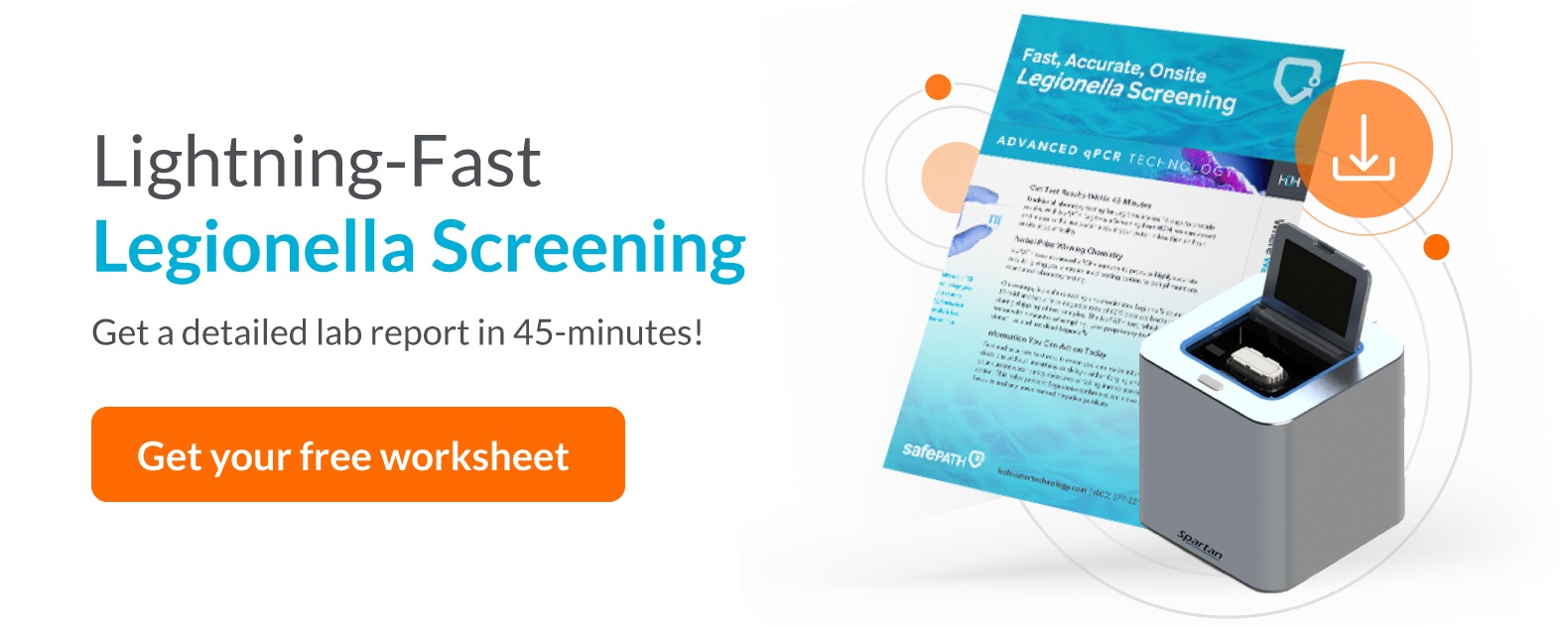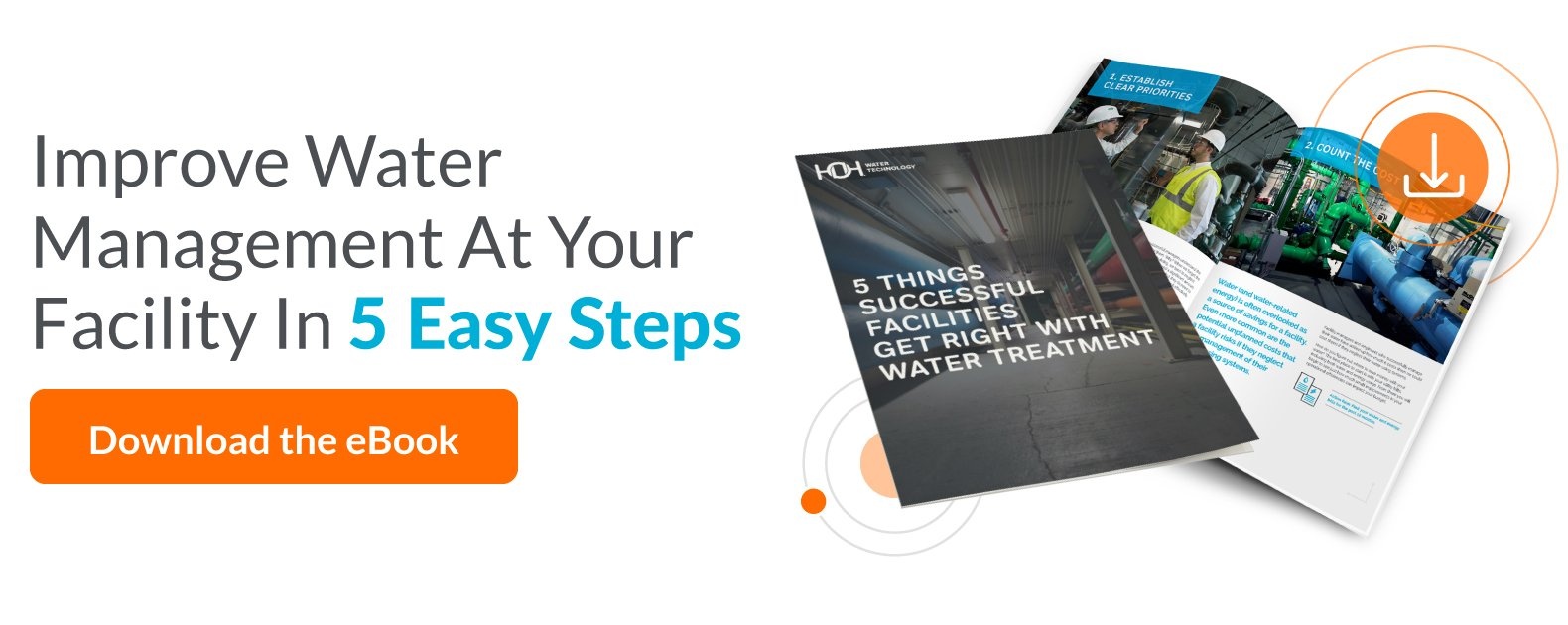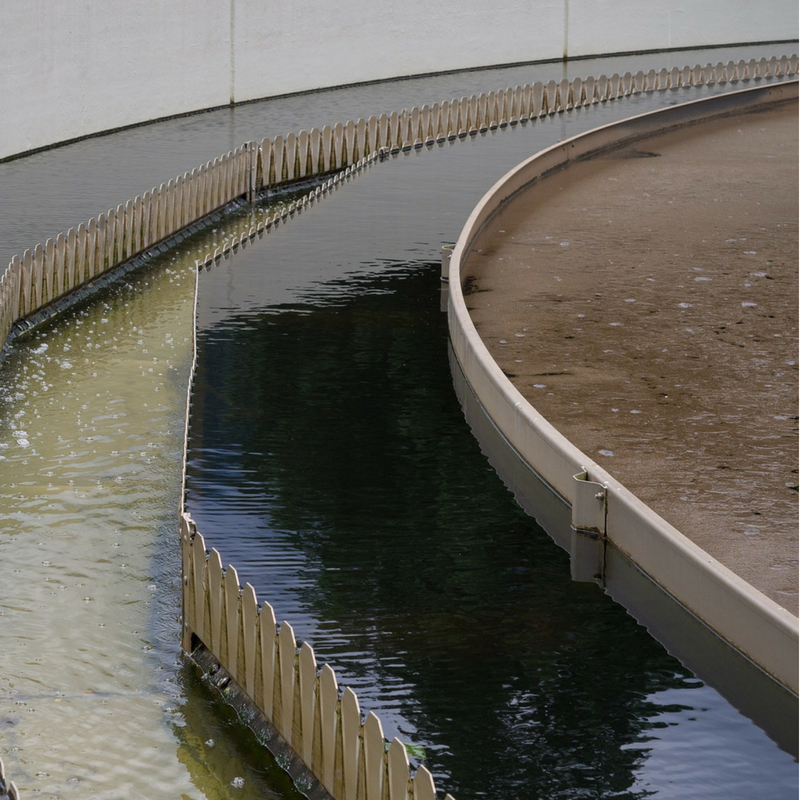
August 9, 2018
|
By Reid Hutchison
 Wastewater management is an undesirable task for facility managers and their staff. But, it’s an important job, because wastewater problems can quickly turn into a very expensive and unsanitary mess.
Wastewater management is an undesirable task for facility managers and their staff. But, it’s an important job, because wastewater problems can quickly turn into a very expensive and unsanitary mess.
Below is advice from our engineers about the ten most common wastewater treatment problems you may encounter at your facility and how you can fix them.
Problem #1: Floc is too small
What to do about it:
- Check for proper chemical dosage with jar testing.
- Look for low chemical metering by checking your drawdown and metering (pump settling).
- Your chemical feed pump could be adjusted too low. Increase your feed pump or drawdown rate if needed.
- Check your pH and control calibration, and make adjustments if needed.
- Check the paddle speed in the flocculators. The speed could be too fast, causing floc “shear.”
- Be sure you have an ideal injection point, and change it if needed.
Problem #2: Floc is too large
What to do about it:
- This issue is usually caused by improper chemical dosage. Check your dosage with jar testing.
Problem #3: Wastewater settles too quickly
What to do about it:
-
- Look for low chemical metering by checking your drawdown and metering (pump settling).
- Be sure you have adequate dilution water.
- Check your polymer or coag injection points. These should be optimized to allow for good solids contact and reaction time.
Problem #4: Floating sludge
What to do about it:
-
-
- Your sludge collectors need to be working correctly. Check the motors, chains, drives, and belts.
- Check the function of your sludge pump. Do the pumps and pipes have debris in them? Switch to the standby pump if needed.
- Look for changes in influent flow, pH, or chemistry by conducting jar testing.
- Are the polymer and coagulant levels where they should be? Use jar testing to check.
-
Problem #5: Loss of solids over effluent weir
What to do about it:
-
-
- Check for proper chemical dosage with jar testing.
- Look for low chemical metering by checking your drawdown and metering (pump settling).
- Your chemical feed pump could be adjusted too low. Increase your feed pump or drawdown rate if needed.
- Check your pH and control calibration, and make adjustments if needed.
- Check the paddle speed in the flocculators. The speed could be too fast, causing floc “shear.”
- Be sure you have an ideal injection point, and change it if needed.
- Check your baffling inlet and outlet alignment, and adjust it if needed.
-
Problem #6: Thin sludge or a deep sludge blanket
What to do about it:
-
-
- Make sure your cross-collectors are functioning. Check their motors, drives, and belts.
-
Problem #7: Sludge collector is jerky or not working
What to do about it:
-
-
- Check the collector’s sprocket, chain link, flight, and shear pin. Repair these parts if they are damaged.
- If the sludge blanket is too deep, you may need to pump it out. This can be done manually if necessary.
-
Problem #8: Solids carryover with effluent, but good sludge blanket
What to do about it:
-
-
- Chances are, your sludge blanket is too thick. Address this by increasing your flight speed and/or low flow rate.
-
Problem #9: Float is too thin, but effluent is good
What to do about it:
-
-
- Try decreasing the flight speed or increasing flow rate.
-
Problem #10: Poor effluent quality and thin sludge
What to do about it:
-
-
- The air/solids ratio may be too low. Increase the air input.
- The pressure may be too high or low. Open or close the recycle valve.
- Is the recycle pump working correctly and turned on? Check it for repairs and proper operation.
- The chemical addition may be inadequate. Use jar testing to check chemical dosages.
- The loading may be excessive. If so, lower the flow rate.
-
Now you have an idea of how to tackle common wastewater treatment issues. But as a facility manager, you’re likely tackling water treatment responsibilities beyond just wastewater. If you’re looking for more guidance, download our free eBook, 5 Things Successful Facilities Get Right With Water Treatment to learn more about how to make your water work for you.
Recent Blog Posts
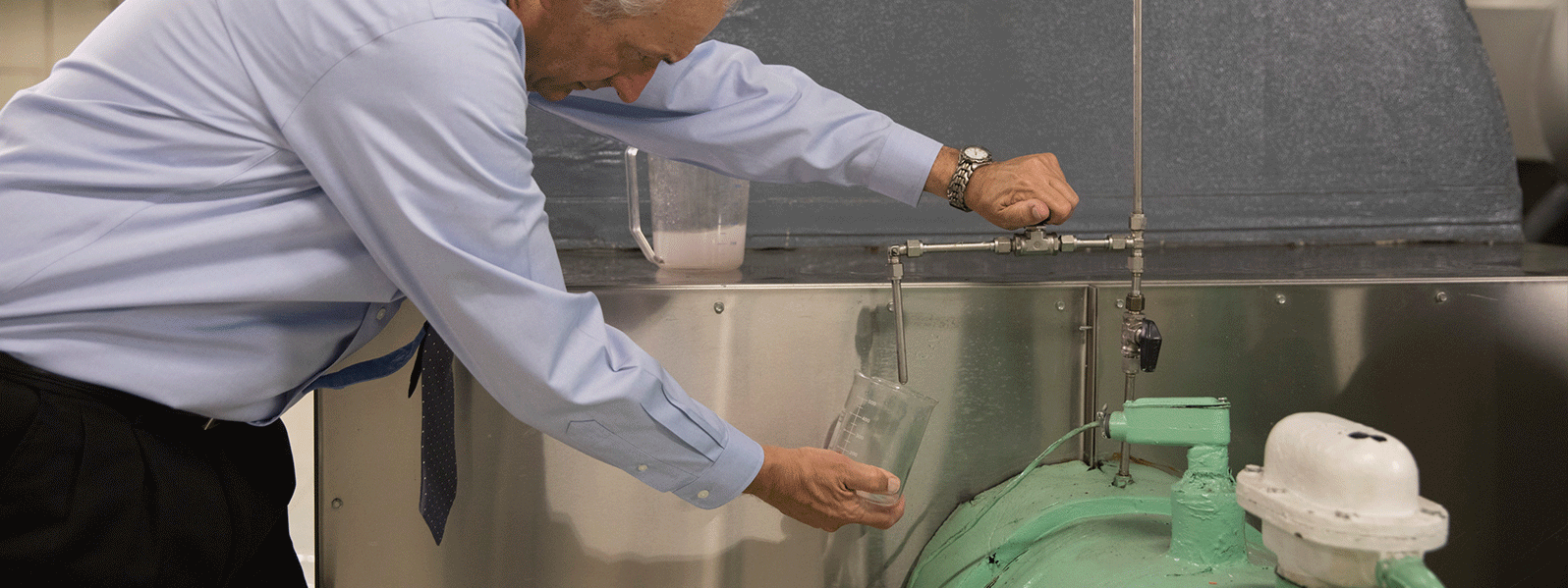
November 10, 2022
|
By Steve Sadowski
Five Ways to Increase the Efficiency of Your Closed Loop System
A closed loop is sometimes considered a second-class citizen in…
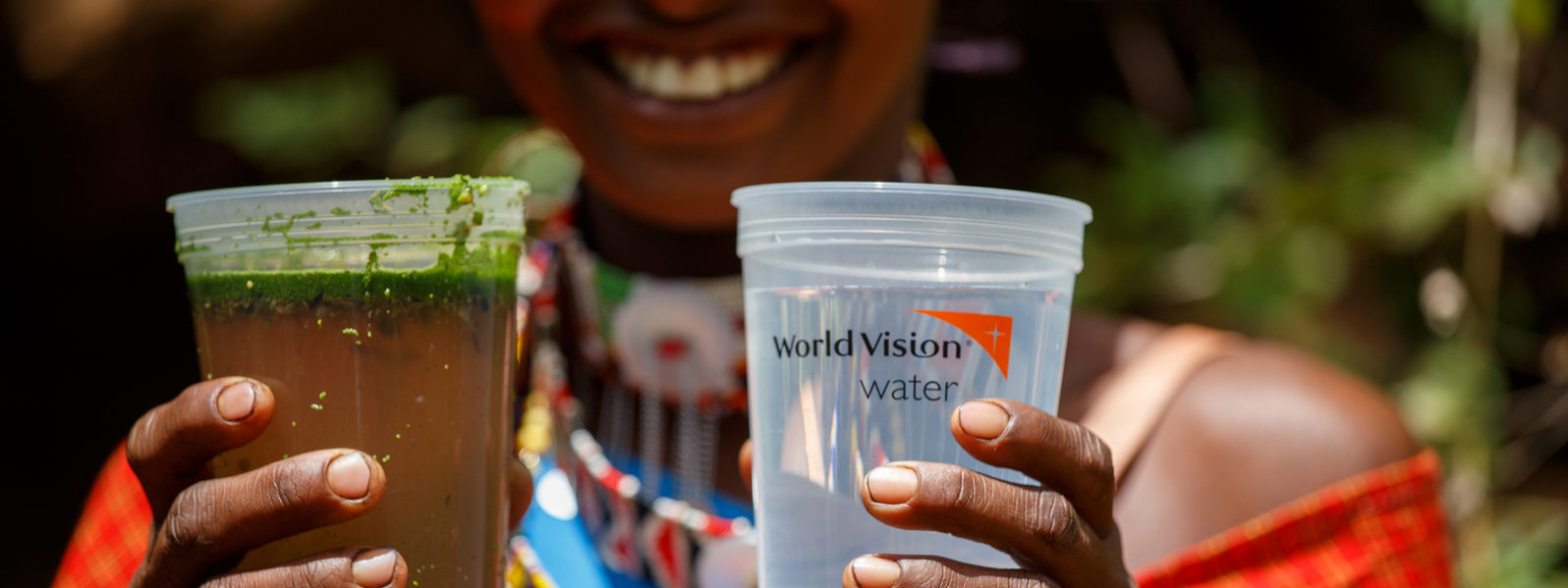
May 17, 2022
|
By Reid Hutchison
Global 6K for Water
When you or I get thirsty, we simply go to…
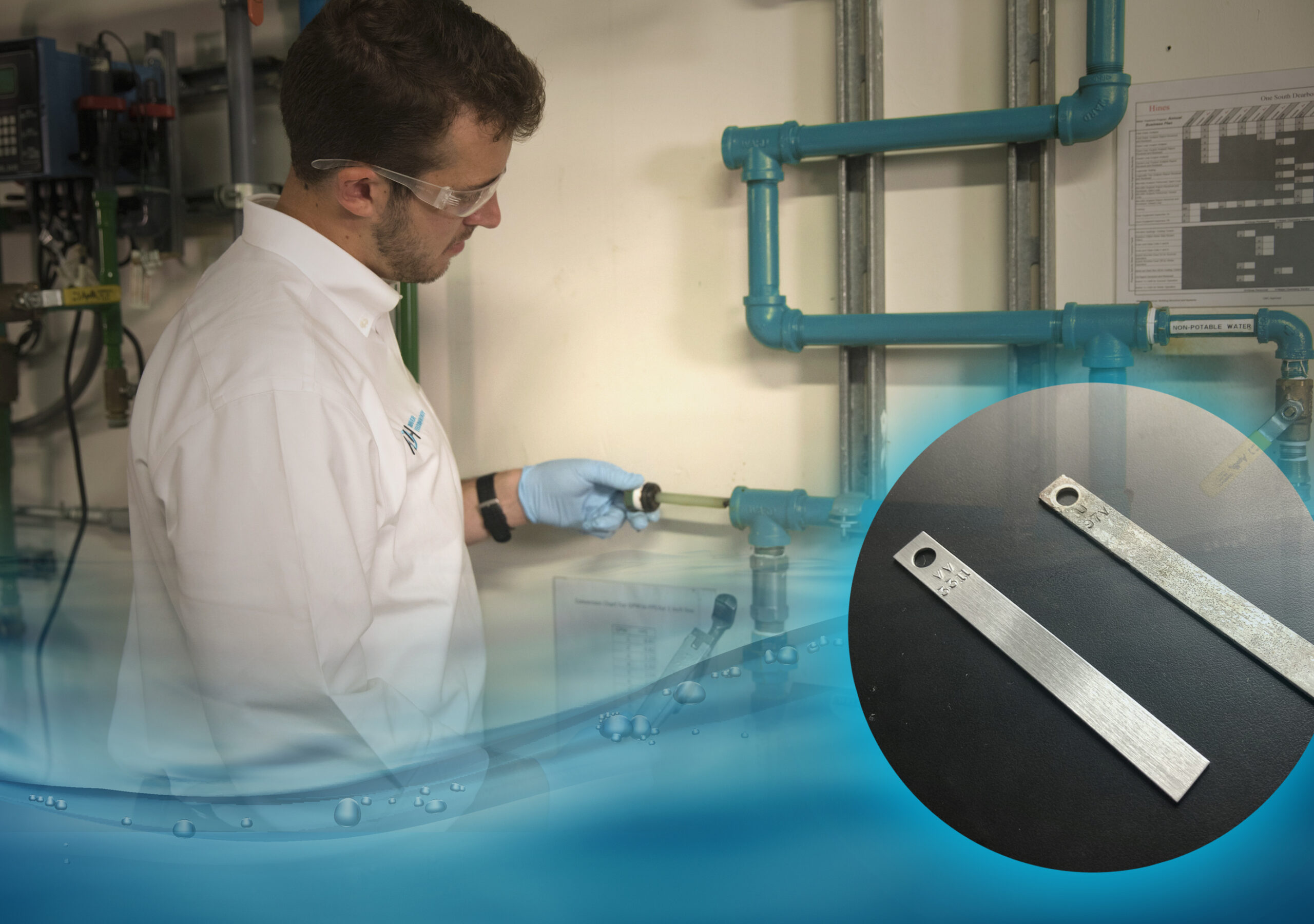
April 26, 2022
|
By Darius Barkauskas
What Are Corrosion Coupons and Do I Need Them?
When metal meets moisture, you get rust. Everyone knows that,…

